Revealing,
the secrets of the smoke,
dance of the flames,
and songs of the fire.
Through whispers of a stove.
Secrets of the Smoke is the first photo essay in a year-long series (hopefully) that will take us to the hills of Palghar district, to the north of Mumbai, between the city and the state of Gujarat.
Mumbai’s existence is closely linked to these rolling hills. The city survives mainly on the water from the Vaitarna River that drains a good part of these hills, lashed by the monsoon every year from June to September. While the water reaches the city rather quickly, the stories you will see and read here will show how far Mumbai is from its communities.
I won’t be tracing the journey of water here. Instead, I enter the kitchens in a few hamlets in the remotest part of this region, following the work of Nitisha Agrawal, who has received a Godrej Design Lab Fellowship Program grant to work with the women here on a year-long project. Nitisha is taking a design innovation called the Rocket Chulah or Rocket Stove, which is made by hand using locally available mud and other materials that burn wood more efficiently. This efficient burning ensures that the wood use and the smoke that fills the kitchen and the women’s lungs are reduced. That is why she calls her organisation the Smokeless Cookstove Foundation. I have worked with her and her team in other villages, documenting their work, but this was my first experience in Palghar, and I would like to share our latest experiences with you.
Kurlod, Palghar.
Today, we visit Kurlod, a beautiful little hamlet in Palghar’s Mokhada block. According to the 2011 Census, the gram panchayat (village council) had a population of 1,394 and comprised four hamlets, the main one being Kurlod.
In Mumbai, most people have piped, compressed natural gas that flows into the kitchen or LPG cylinders delivered to their homes. This differs from Kurlod, a small hamlet mainly belonging to the Thakar community, one of the tribes that is indigenous to this region, where only a few have the resources to source gas cylinders, even at rates subsidised by the government, because of its remoteness.
The women collect firewood from the surrounding hills, carry it on their heads, and store it like they have been doing for generations. They collect it through winter and before peak summer, so it dries before the monsoon sets in in the latter half of June. This is why, like almost all villages in the region, the striking feature of the hamlet is the wood stocks, the stacks of wood that fortify the homes to provide energy security during the three-month-long monsoon.
The Fuelscapes of Kurlod.
The village, as seen from the paddy fields, is cultivated during the monsoon.
More Woodstock
Dried cow-dung cakes are also used as fuel.
The wood is also used for heating. The nights can be cold here.
Behind this energy fortification are hundreds of hours of labour from women and men. From a young age, limitless hours go towards acquiring knowledge through play and hard labour about seasons, the local ecology, the types of wood that should be collected and what should not be touched, the rate at which they burn or release smoke, the drying that is required and more.
Wood defines the fuelscape of these villages. They use energy from the sun to capture carbon, which is used to fuel cooking. Between them are solar panels that convert the same energy into light and, hopefully, energy for cooking one day soon.
In the coming months, I will take you back to this village and others nearby to see how they change through the seasons and discover what other secrets the smoke (or lack thereof) from the stoves hide.







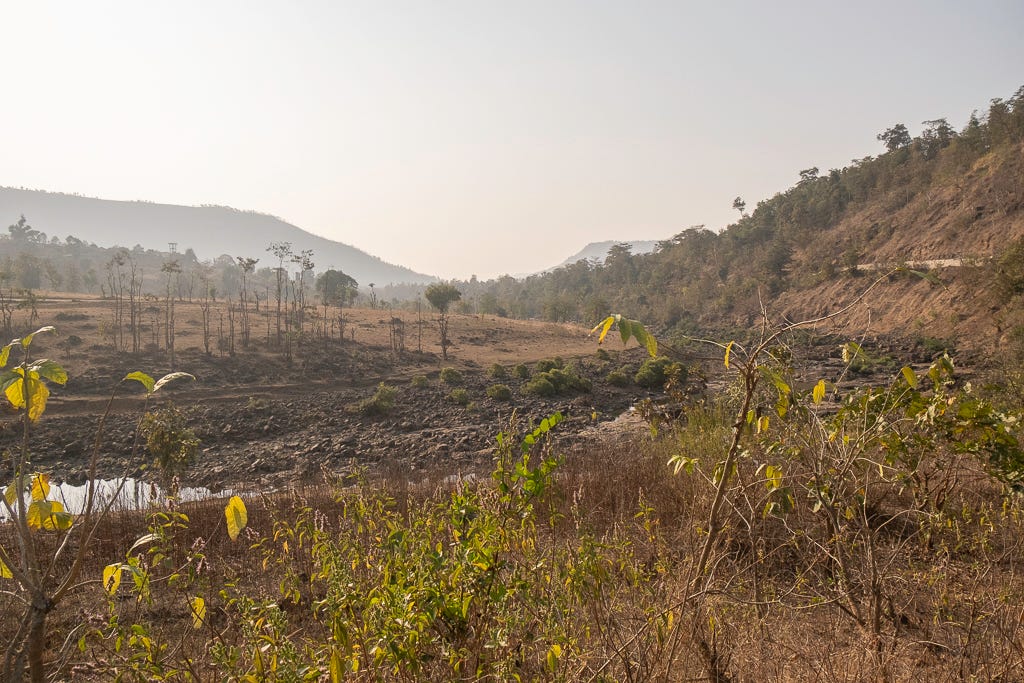



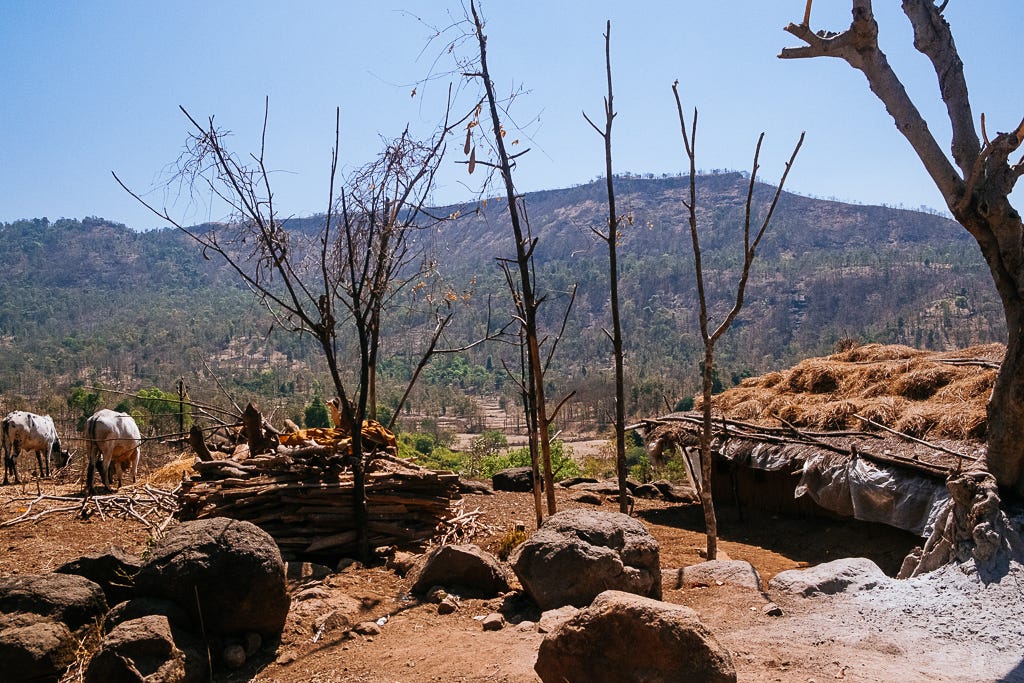
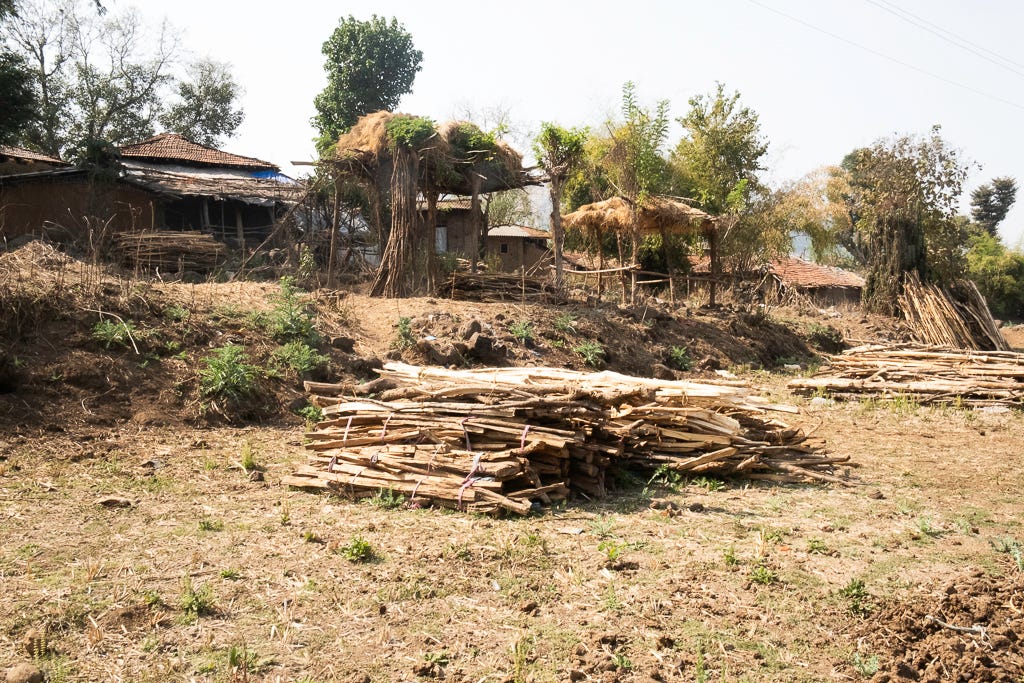

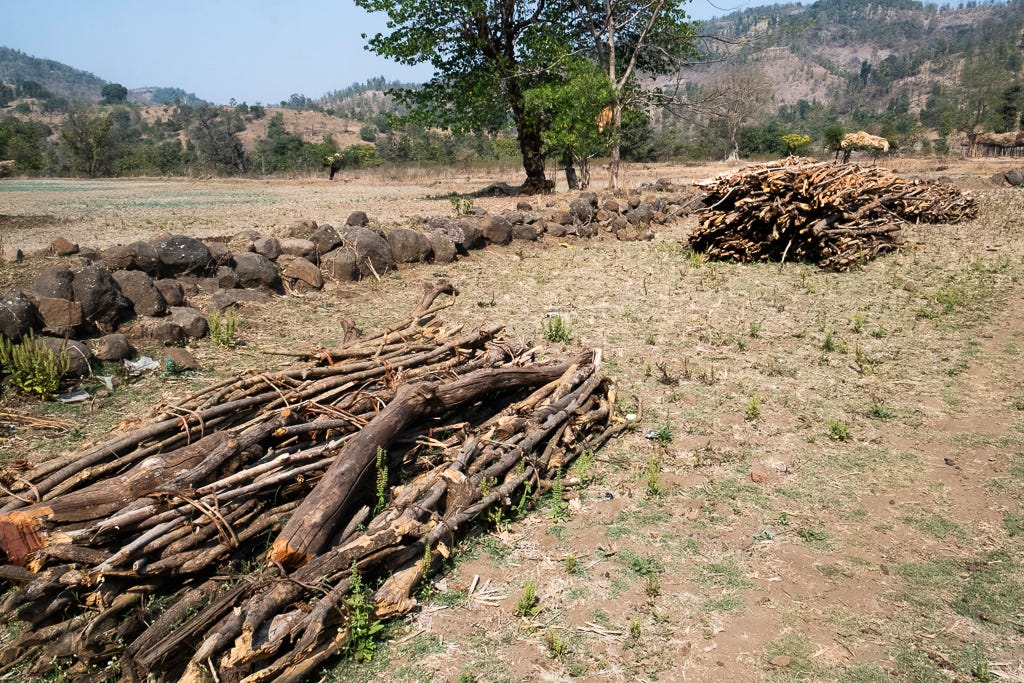

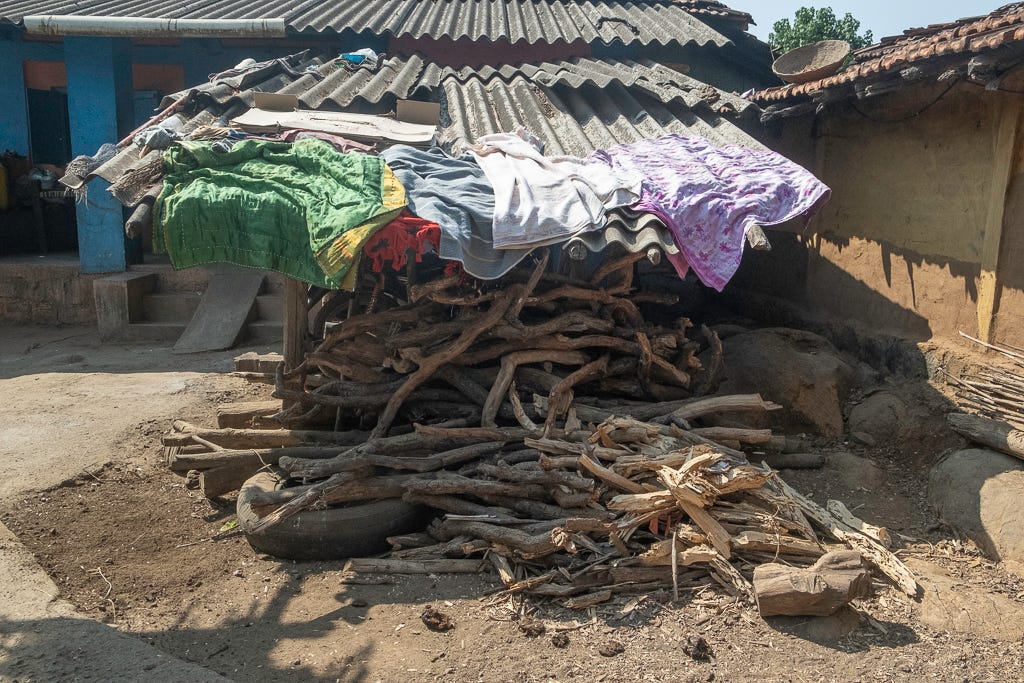


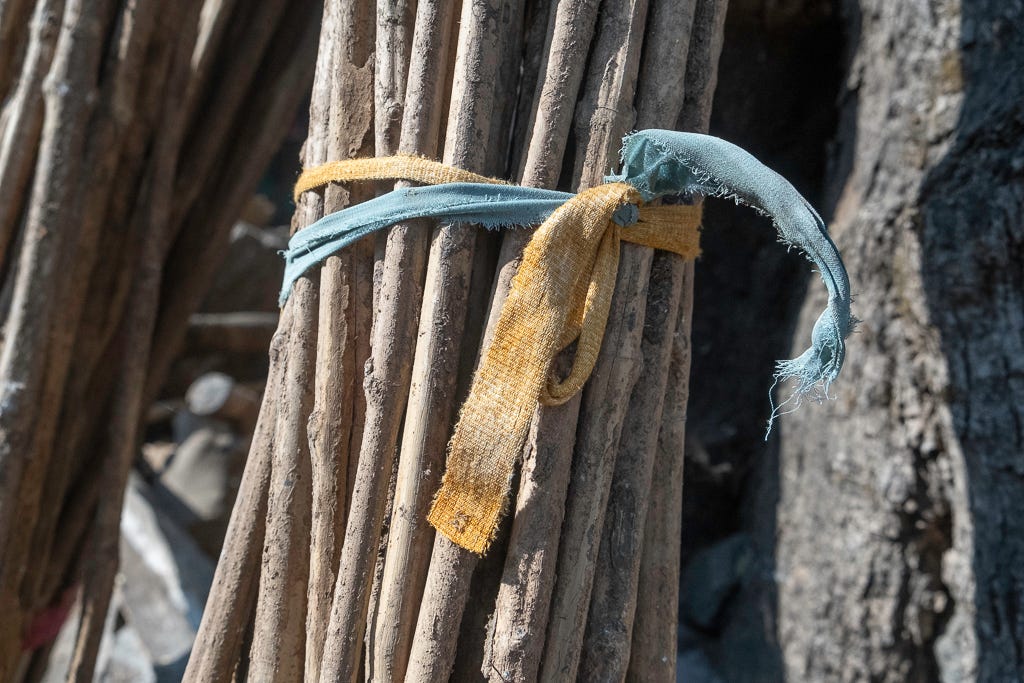
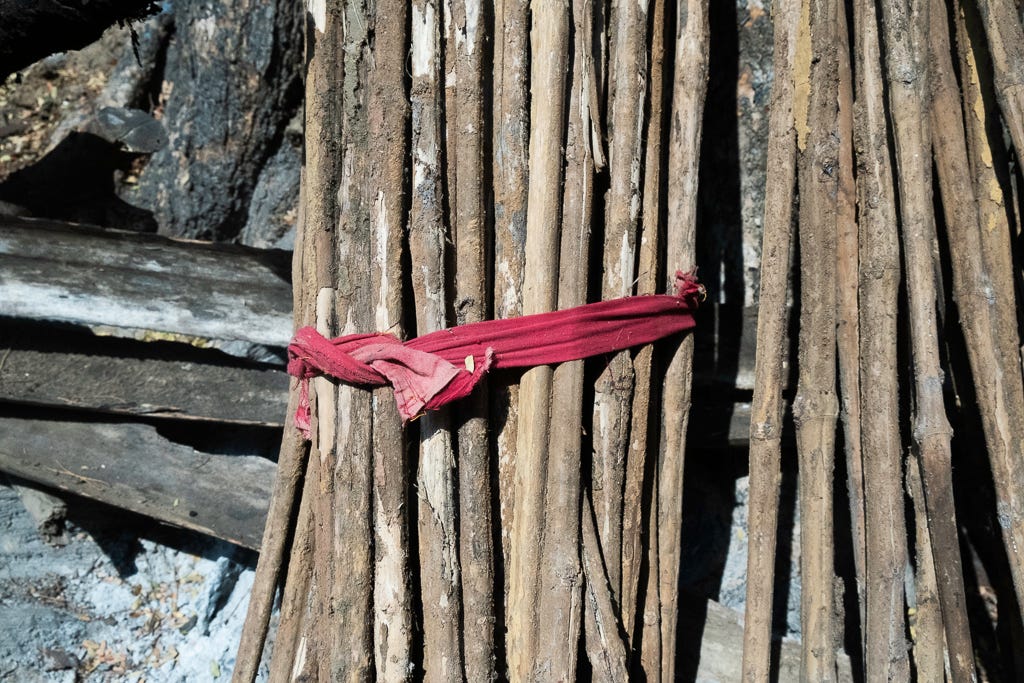
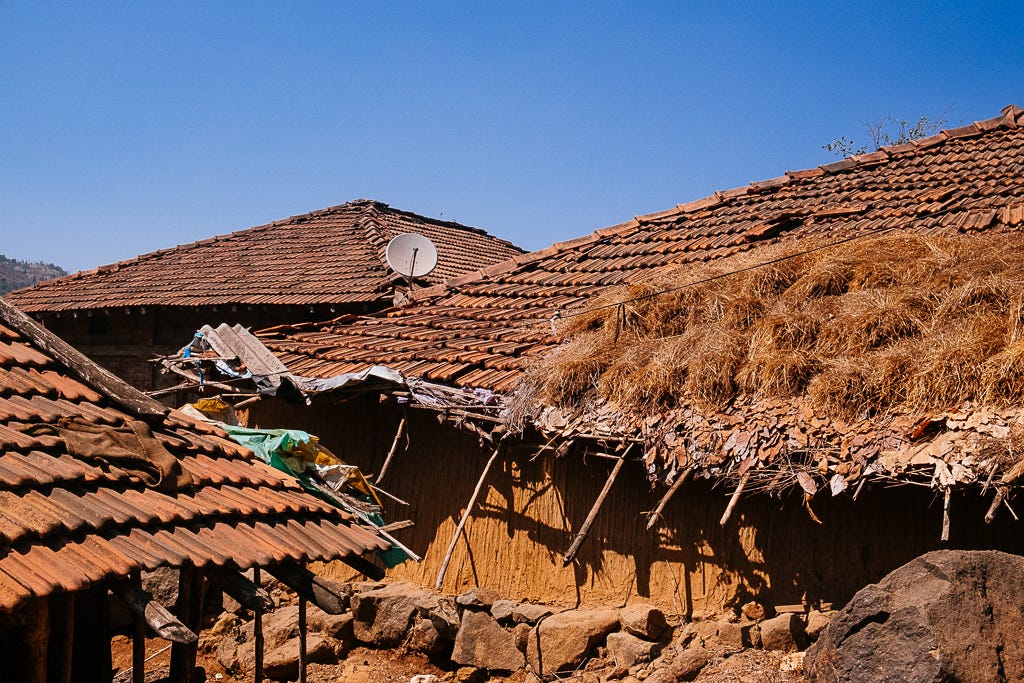


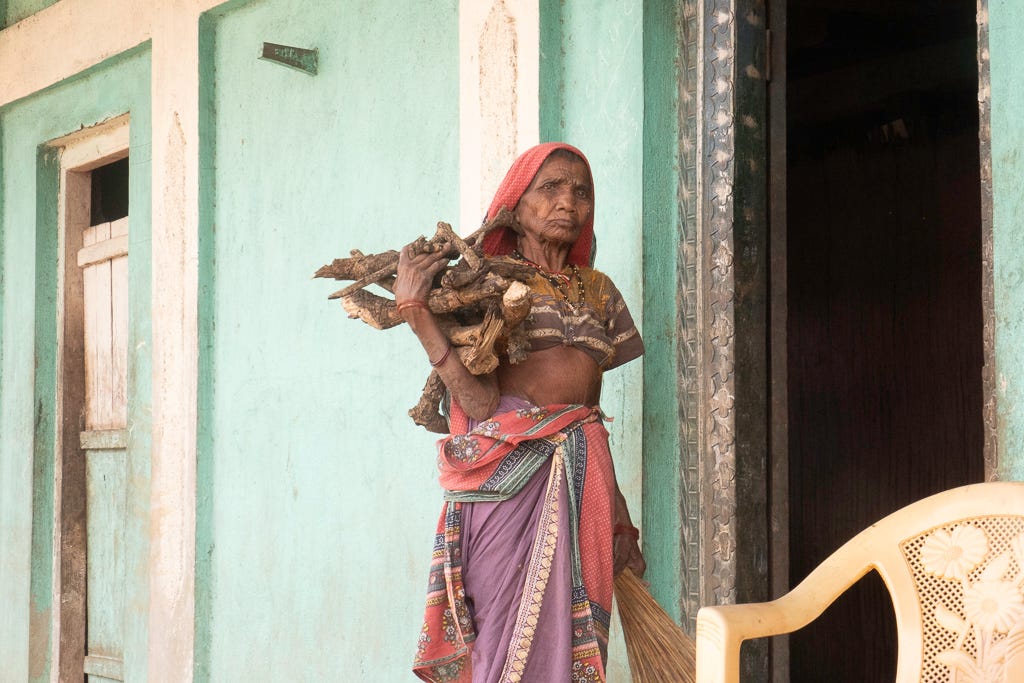

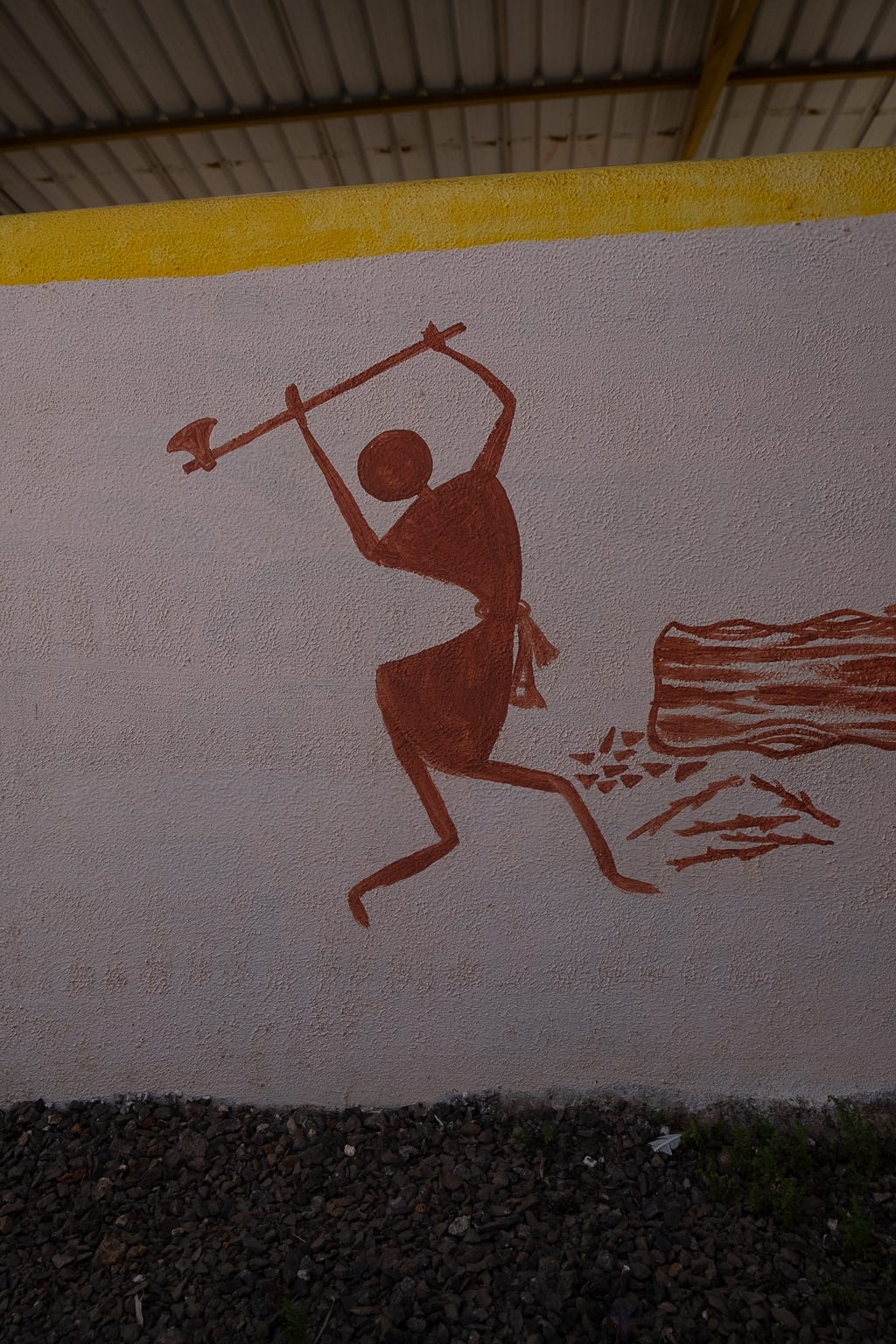


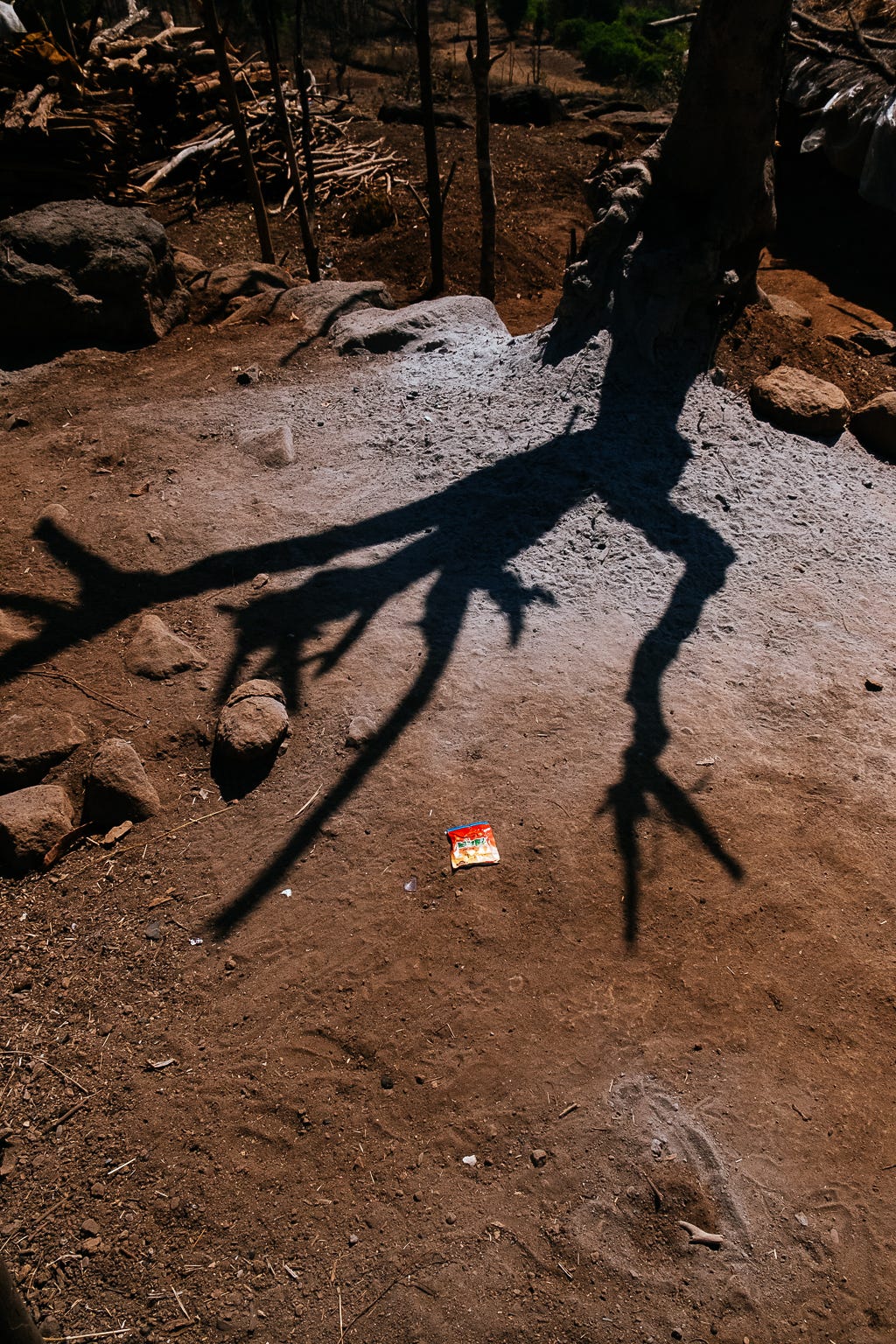

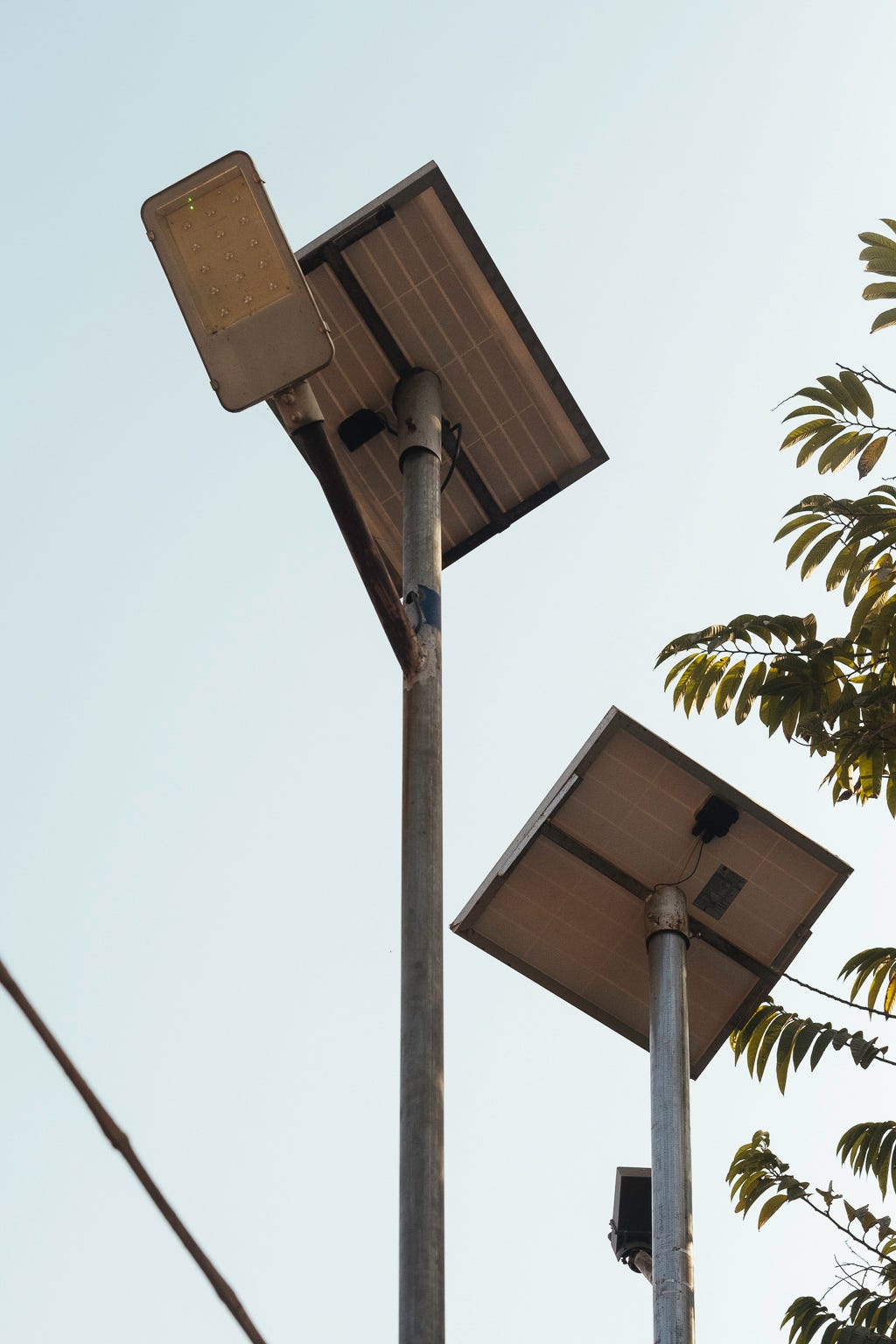
Documented so well. And informative. This reminded me of my MA days in university of HYD. As part of our course we had to do a study on Pastapur in Zaheerabad. It was an eye opener. So many things we take for granted. Look forward to this series. Love the photos as well.
Well written